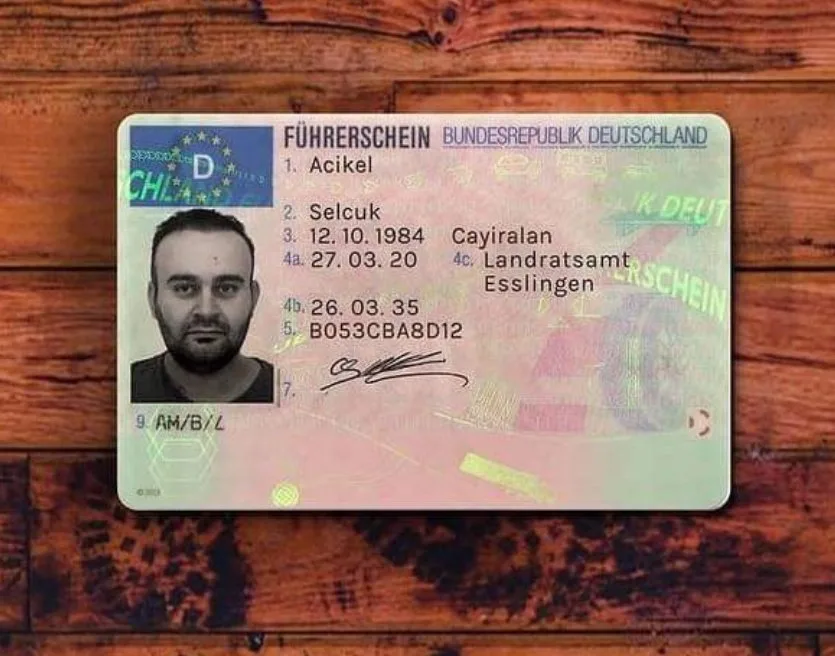The Biggest Issue With Learn To Drive Without A Test, And How You Can Fix It

Finding out to Drive Without a Test: Checking Out Alternative Paths in Driver Education
In a period where convenience and development control the landscape of education and abilities acquisition, the standard design of finding out to drive-- completing a strenuous test to make a driver's license-- has actually come under scrutiny. For numerous, the procedure of getting behind the wheel, studying hard, and passing both a composed and practical driving test can be intimidating. However, emerging führerschein kaufen legal and alternative techniques to driver education suggest that there might be methods to learn to drive without feeling the pressure of a formal testing environment.
Understanding the Traditional Model
Typically, earning a driver's license needs potential chauffeurs to undergo a series of tests created to determine understanding and practical skills. These include:
Written Test: This evaluates understanding of the guidelines of the road, traffic signals, and safe driving practices.
Practical Driving Test: Applicants need to demonstrate their ability to operate a vehicle safely and in accordance with traffic laws.
While this model makes sure that all drivers satisfy a minimum requirement of skills, it can be a source of stress for numerous learners. The worry of failure, integrated with the logistics and cost connected with testing, can discourage people from acquiring their license completely.
Alternative Methods of Learning to Drive
Driving School Innovations: Many driving schools have actually begun to provide more tailored education programs that permit trainees to learn at their own speed. These programs frequently include individually guideline with licensed driving trainers who focus on structure confidence instead of pressing students to pass a test. Some contemporary driving schools even incorporate online modules where students can study the rules of the roadway in a more unwinded setting before stepping into the car.
Simulated Driving Experiences: Advances in technology have actually resulted in the creation of advanced driving simulators. These can provide important experience without the threat of accidents. internationaler führerschein kaufen can practice their skills in different weather conditions, traffic scenarios, and driving situations that they might not experience in common driving classes. This hands-on method to learning can enhance a trainee's proficiency and self-confidence behind the wheel.
Peer-to-Peer Learning: Informal driving practice with good friends or family members can likewise work as a feasible alternative to traditional methods. While this technique does not completely get rid of the need for formal testing, it permits individuals to get comfort and experience behind the wheel without the anxiety of an official examination. Friend or family can offer assistance and feedback, making the finding out process less challenging and more supportive.
Versatile State Regulations: Some regions are beginning to reassess their necessary testing policies, especially for specific demographics, such as veterans or people with impairments. These changes show a growing acknowledgment that life experiences and driving practices might not constantly line up with conventional testing standards. Advocacy for a more holistic method to assessing driving skills is ending up being a subject of conversation in numerous legislative circles.

Private Certifications: In certain places, individuals may check out alternatives that focus more on mentorship and more secure driving habits rather than standard tests. Certification through community programs or recognized organizations that endorse experiential knowing might motivate safe driving while bypassing the basic testing path.
visit the next post and Drawbacks
While learning to drive without a formal test uses many potential benefits-- such as decreasing stress, promoting a more inclusive environment for students, and concentrating on competence over testing stress and anxiety-- it likewise raises concerns. Critics argue that eliminating formal evaluations could result in disparities in driver readiness, possibly jeopardizing roadway safety.
Additionally, traditional testing serves not just as an assessment of skills, however as a standardized benchmark that guarantees all chauffeurs have the required knowledge to navigate the roadways securely.
Conclusion
The landscape of driver education is developing. As alternative methods of discovering to drive gain traction, striking a balance between versatility and security is critical. While it is clear that there are opportunities for learning to drive without the pressure of a formal test, guaranteeing that all drivers keep a high requirement of security should remain a top priority. In the future, we might see more customized approaches to driver education that accommodate numerous learning designs, eventually resulting in safer, more positive chauffeurs on our roads.
